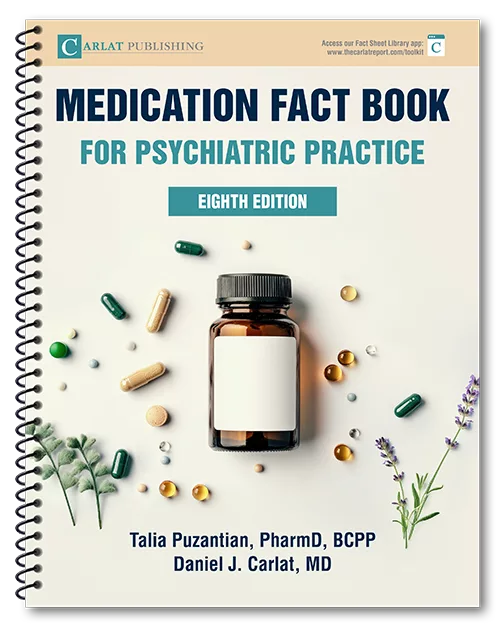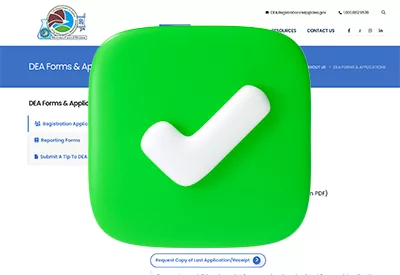Do Benzodiazepines and z-Hypnotics Lead to Long-Term or High-Dose Use?
Jeremy Mills, DNP, PMHNP-BC. Dr. Mills has no financial relationships with companies related to this material.
REVIEW OF: Rosenqvist TW et al, Am J Psychiatry 2024;181(3):246–254
STUDY TYPE: Retrospective cohort
Many of us are reluctant to prescribe benzodiazepines and z-hypnotics (BZRAs) because we worry about misuse, tolerance, and dependence. We all know patients who have started a “short-term” benzo only to end up taking it for years and at higher doses. But how common is this? This study provides a comprehensive look at how often patients end up on BZRAs long term and who is most at risk.
Researchers examined prescribing patterns for the entire adult population of Denmark from 2000 to 2020. They looked at three primary outcomes in this study. Two were related to “long-term use,” defined as use for one year or seven years. The third outcome was “dose escalation above recommended levels,” defined as 3 years of ongoing use with prescriptions reaching above 40 mg of diazepam equivalents for those under 65, or 20 mg for those 65 and over.
Among nearly 1 million adults ages 20–80, about 650,000 started benzodiazepines, and 600,000 started z-hypnotics. At 1 year, 22.9% of benzodiazepines and 17.8% of z-hypnotics were continued. Numbers fell at the 7-year mark to only 5.5% and 4%, respectively. Notably, 40% of patients filled only one BZRA prescription. A psychiatric diagnosis modestly increased long-term use risk for anxiolytic BZRAs, with substance use disorders being the greatest risk factor. Only 3,545 patients (representing 7% of those who continued BZRAs for 3 years or more) escalated their doses above recommended levels.
CARLAT TAKE
This large study spanning nearly a million people over 20 years is fairly reassuring: The majority of patients prescribed BRZAs do not end up using them long term, and only a small fraction escalate their doses to unsafe levels. While the study was observational and limited to a Danish population, it gives us confidence that most patients can manage well with relatively short courses and lower doses. That said, we should remain vigilant, especially with patients who have substance use disorders.
Newsletters
Please see our Terms and Conditions, Privacy Policy, Subscription Agreement, Use of Cookies, and Hardware/Software Requirements to view our website.
© 2025 Carlat Publishing, LLC and Affiliates, All Rights Reserved.


_-The-Breakthrough-Antipsychotic-That-Could-Change-Everything.webp?t=1729528747)



